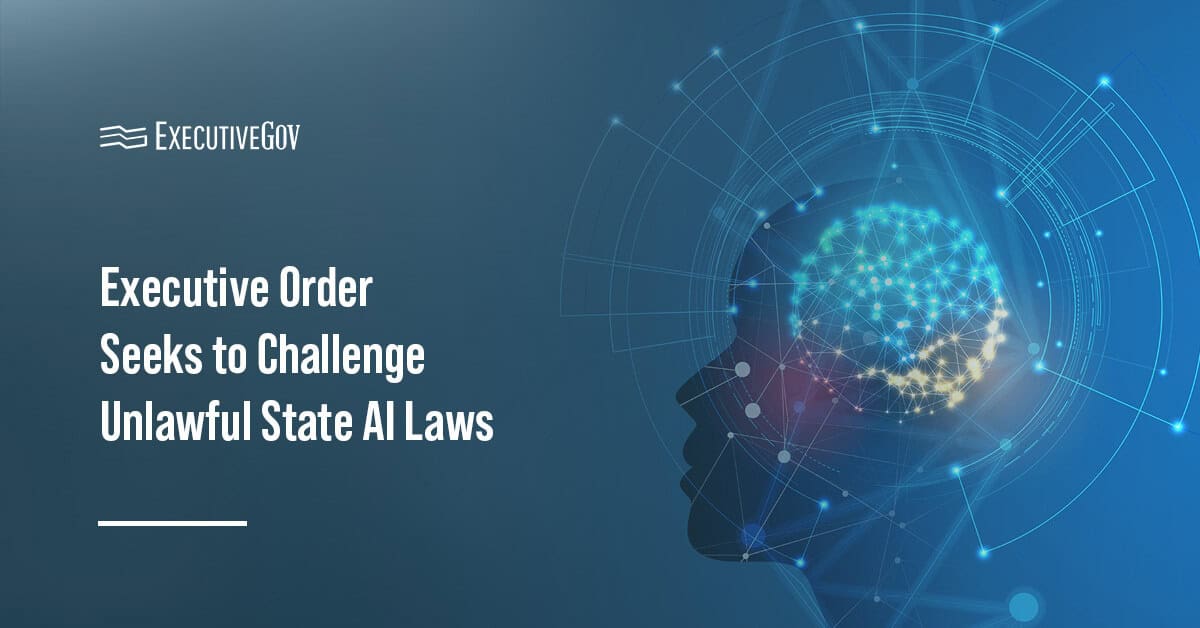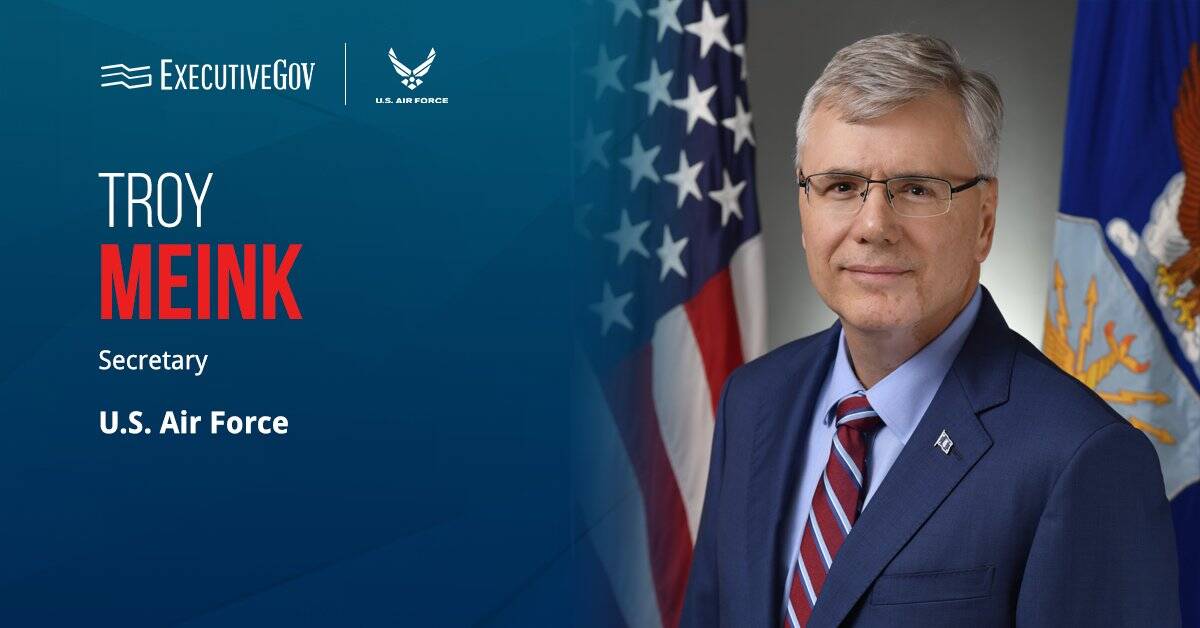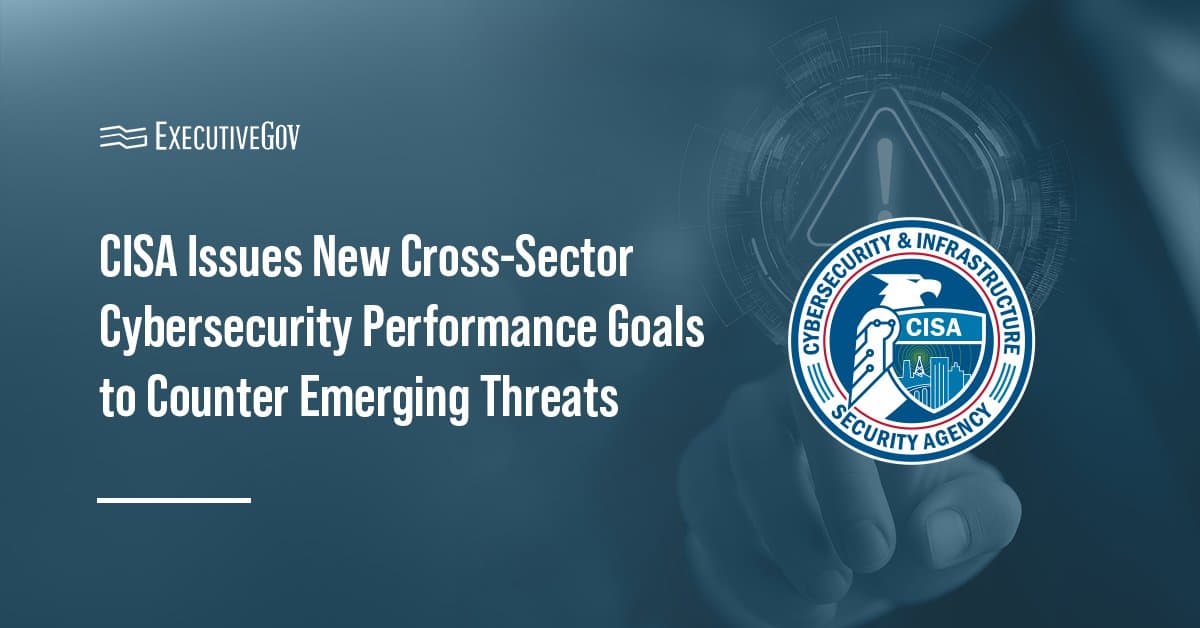The global COVID-19 pandemic and the supply chain shortages it catalyzed have underscored the importance of microelectronics in the United States. As a result, the federal government is sharpening its focus on bringing semiconductor chip manufacturing back to the U.S. and lightening the country’s dependence on foreign manufacturers.
These issues that have emerged over the last few years have illustrated “how big of an impact microelectronics can have on the entire infrastructure and the entire manufacturing ecosystem,” said John Ustica, CEO and president of Siemens Government Technologies and 2023 Wash100 Award winner, in a new video interview with Executive Mosaic.
“I think that’s a place where things are rapidly transforming, and it’s a place where we think we can really help our customers,” he added. “Microelectronics is going to be a place that we continue to grow at Siemens.”
In August 2022, the Creating Helpful Incentives to Produce Semiconductors or CHIPS Act was signed into law, injecting more than $50 billion into domestic semiconductor chip research, development and manufacturing. In his interview, Ustica predicted that we could begin to see the benefits of that increased investment in U.S. microelectronics “very soon,” as SGT is beginning to have conversations with customers on how to deploy the funds.
Ustica said Siemens has a portfolio of technologies that will support semiconductor manufacturing from the industry side of the GovCon ecosystem.
Siemens can deploy its digital twin technology to design fabrication plants, its automation technology for plant construction and its Electronic Design Automation technology to actually design the circuits, Ustica explained.
Hear what John Ustica has to say about energy resiliency, microelectronics, digital transformation and more in his full video interview with Executive Mosaic. Be sure to subscribe to Executive Mosaic’s YouTube channel to keep up with news and insights from GovCon executives.





